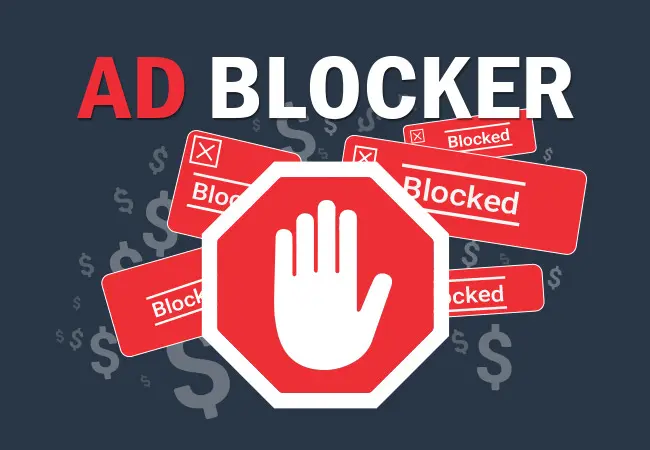The Vital Role of Two-Factor Authentication In Safeguarding Your Digital Life

In an era where digital breaches are becoming more sophisticated, protecting personal and professional data is more critical than ever. Two-factor authentication (2FA) provides an essential layer of security that can significantly decrease the risk of unauthorized access to your online accounts. This post explores the critical Importance of 2FA and how it fortifies your digital defenses.
Table of Contents
Understanding Two-Factor Authentication

What is Two-Factor Authentication?
Two-factor authentication (2FA) adds a layer of security to the traditional username and password model of online identification. By requiring two forms of identification:
- Something You Know: This could be a password or PIN.
- Something You Have: This is usually a mobile device or security token that generates a one-time code.
How Does 2FA Work?
When you attempt to access a service that uses 2FA, you’ll first enter your password. Immediately after, you’ll be required to provide the second form of authentication, such as a code sent to your smartphone or generated through an app like Google Authenticator.
The Importance of 2FA in Online Security
Enhanced Security Measures
The primary benefit of 2FA is its ability to enhance security by adding barriers and layers of protection that make it significantly more challenging for unauthorized persons to breach your account.
Mitigation of Common Security Threats
- Password Theft: Even if your password is stolen, the thief would still need the second factor to access your account.
- Phishing Attacks: Phishing schemes, where you are tricked into providing personal information, are less effective because you need more than knowing your password alone.
Real-World Applications of 2FA
Personal Data Protection
From banking to social media, 2FA protects sensitive personal data by ensuring that you are the only person who can access your accounts, no matter where you are.
Business Security Compliance
Many industries require 2FA to comply with privacy regulations and protect sensitive customer data. Failing to implement 2FA can result in heavy fines and loss of customer trust.
Implementing 2FA

Step-by-Step Guide to Enabling 2FA
- Select a 2FA Method: Choose from various forms such as SMS, email, or app-based authentication.
- Activate 2FA on Your Accounts: Visit the security settings of your online accounts to enable 2FA.
- Secure Your Recovery Codes: Store your recovery codes in a safe place to ensure you can access your account if your second factor is unavailable.
FAQs about Two-Factor Authentication
Is 2FA completely secure?
While 2FA significantly enhances security, every system is entirely infallible. However, the combination of something you know and something you have makes it much harder for unauthorized users to gain access.
Can 2FA be bypassed?
It is possible but difficult and requires significant effort and skill, making it an unattractive option for most cyber attackers.
Should I use SMS-based 2FA?
SMS-based 2FA is better than no 2FA, but apps like Google Authenticator or hardware tokens offer more security because they do not rely on potentially interceptable communication channels.
What types of 2FA are considered the most secure?
Hardware tokens and app-based authenticators (like Google Authenticator and Authy) are more secure than SMS-based 2FA. These methods do not rely on SMS or email, which sophisticated attackers can intercept.
How do I recover my account if I lose access to my 2FA device?
Most services that support 2FA provide backup options during setup, such as backup codes. It’s crucial to store these codes in a secure location. If you lose access to your 2FA device, you can use these codes to regain access to your account.
Does enabling 2FA mean I can use simpler passwords?
While 2FA significantly improves account security, it is still recommended that each account have strong, unique passwords. 2FA is an additional layer of protection, not a replacement for good password practices.
Can I use 2FA on all my online accounts?
While many online services and platforms offer 2FA, not all do. It’s essential to enable 2FA on all accounts that support it, especially those involving sensitive or personal data.
Is there a way to make 2FA more convenient?
Some 2FA methods can be more user-friendly without compromising security. For instance, biometric 2FA (like fingerprint or facial recognition) and push-notification-based authentication offer a good balance of security and convenience.
What should I do if my 2FA codes are not working?
Time-synchronization issues between your device and the server can cause this problem, especially with app-based tokens. Ensure your device time is correct. If problems persist, you may need to reset your 2FA settings on the service.
How often should I update my 2FA settings?
It’s good practice to review your 2FA settings periodically, mainly to update or remove old devices that you no longer use. Also, if a service you use has experienced a security breach, consider reconfiguring your 2FA settings as a precaution.
These FAQs aim to address common concerns and scenarios related to 2FA, enhancing understanding and encouraging its adoption for better security.
Conclusion
The Importance of 2FA cannot be overstated in today’s digital world. By integrating this robust security measure into your digital life, you will protect your personal information and enhance the security of online platforms globally. Start using two-factor authentication today and take a significant step towards securing your online presence.
This post is tailored to engage your readers by explaining complex information in an accessible format, enhancing their understanding of why 2FA is essential for online security.






